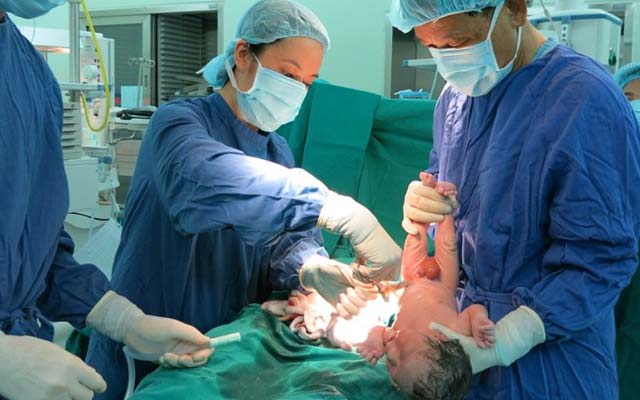A normal delivery, also known as a vaginal delivery, is the natural process of childbirth where a baby is born through the mother's birth canal. It typically involves the stages of labor, which include dilation of the cervix, the pushing phase, and the delivery of the baby and placenta. This method is preferred when there are no complications or medical reasons that require a cesarean section.
It's important to have proper medical care and support during this process to ensure the safety and well-being of both the mother and the baby.


A normal delivery with epidural anesthesia is a common approach to manage pain during childbirth. Epidural anesthesia involves injecting pain-relieving medication into the epidural space of the spine. This helps numb the lower half of the body, reducing the pain of contractions while allowing the mother to remain awake and involved in the birthing process. It's a popular choice as it provides effective pain relief, but it's important to discuss the pros and cons with a healthcare provider before making a decision.
LSCS stands for "Lower Segment Cesarean Section." It's a surgical procedure in which a baby is delivered through an incision made in the lower segment of the uterus. This method is used when a vaginal delivery is not possible or safe due to various reasons such as medical complications, fetal distress, or previous cesarean sections. It's also known as a C-section and is performed by medical professionals in a controlled environment to ensure the safety of both the mother and the baby.
